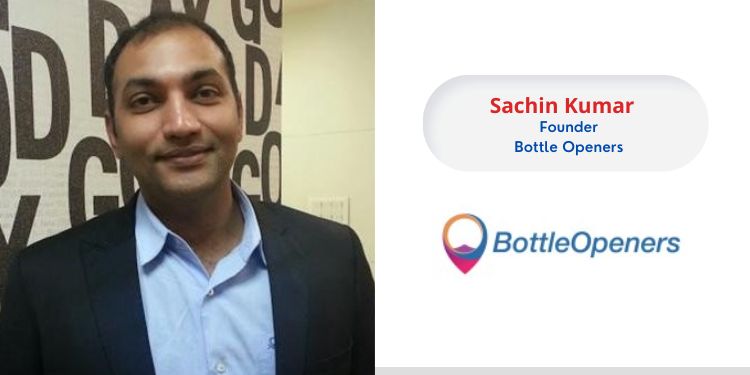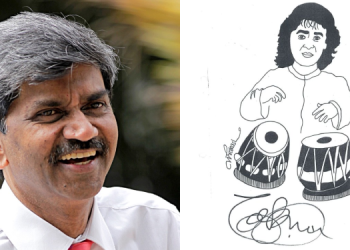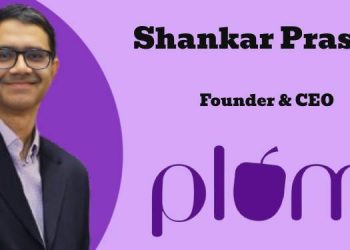NFTs are the latest buzzword to have entered the marketing industry. And while it has been drawing various reactions from different segments of the industry, one should not make the mistake of considering it as a mere fad. It could be a game changer in the Web 3.0 scenario and alter the face of e commerce and brands’ interaction with consumers in the times to come. According to a recent report, the NFT market is expected to rise to $80 billion by 2025.
Before we begin, it is imperative to have an understanding of what an NFT is. NFT stands for Non-fungible token and is essentially a unique digital asset that represents real-world objects ranging from art, music, game items and videos. It is a digital ownership of art or goods. In simple words, everything that is sold as an NFT can be said to possess a digital certificate of authenticity.
What does it mean for brands?
In the era that we live in, brands are constantly trying to leverage the rising popularity of NFTs and they have started experimenting with the concept. The idea of uniqueness has been associated with the NFT revolution to a large degree. Since NFTs are characterised by single ownership with traceability, brands can leverage that and create excitement and demand for limited edition goods. This can, in turn, serve to build more brand awareness and need. Brands can also use this to create massive engagement and brand loyalty among consumers.
Indian market has huge potential for NFTs but brands will need to tread the path carefully and have a long term approach
While globally several brands like Pepsi, Coca Cola, Budweiser, Hyundai, Asics, Adidas, Nike, Lamborghini, Samsung, McDonalds have forayed into the space, in India the approach has been more cautious.
Brands have been both excited and hesitant of delving into NFTs. Some of the early adopters have leveraged it in the form of launching a limited edition product or by granting access to some exclusive event or launch. Brands which have made a smarter use of NFTs have ensured that they do so in such a way that it adds onto the real physical experience or is an amalgamation of the real and the virtual experience.
For example, Ariel has extended its insightful 2015 #SharetheLoad campaign by partnering with five contemporary women NFT artists to develop digital artwork based on their interpretation of the core message of the campaign. These artworks will not be sold but will be available for consumers to win as prizes.
MTV has also launched a collection of NFT tokens under the name ‘Fully Faltoo” . These are digital art pieces will be available for consumers to own and in the future incentives could be given to consumers owing these NFTs. Other Indian brands like Mahindra and Mahindra and MakeMyTrip have also forayed into the space and launched their NFTs.
Challenges to address
While the concept is new and uncertain at the moment, the rising interest and potential of the metaverse (and consequently, NFTs) is something that the marketing industry must watch out for. As brands continue to play around the metaverse and the various opportunities it offers, the market for NFTs will also grow, however there are a few factors which will be important to keep in mind:
- There have been apprehensions surrounding the sustainability factor of NFTs as they generate a huge amount of carbon footprint. Finding a way to resolve the sustainability concern, which is already underway with proof-of-stake, a less carbon-intensive technology, will be important.
- Copyright laws that will also apply to NFTs have to be analysed more carefully for art to be sold as an NFT.
- Businesses will have to plan their NFT strategy keeping the government taxes on the transfer of NFTs in mind. In the Finance Bill, 2022, India has sought to regulate the NFT space by including the expression ‘virtual digital assets’ into Section 2(47A) of the Income Tax Act, 1961 and taxing income arising from trading in such assets at the rate of 30%.
Whether the role of NFTs as a fundamental disruptor in the way marketing industries function is crucial is something only time will tell. However, it is definitely a realm in which there is a first-mover advantage. Brands will however have to offer NFTs that are more than just mere collectibles and can, in fact, add to the consumer’s experience in some form. NFTs have to move beyond the hype of owning one and actually offer some utility to the end consumer.
While in the short term simply launching NFTs could result in garnering significant voice share for brands because of its novelty value, but if they want to play the longer game, they have to think strategically and use NFTs as a wider marketing tool to build brand love and loyalty!
Article is authored by Sachin Kumar, Founder, Bottle Openers.

















